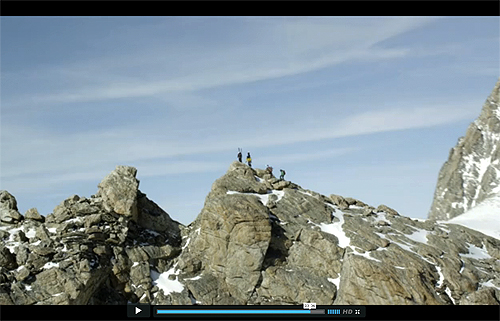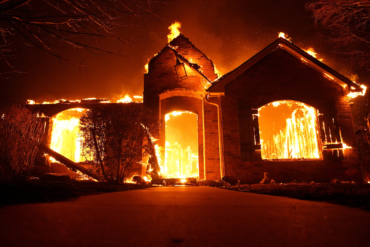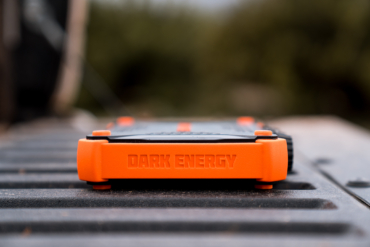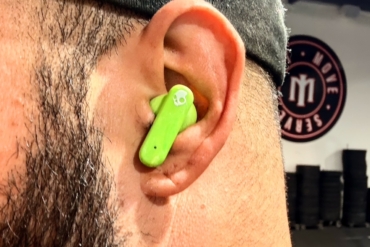Teton Gravity Research filmed Jeremy Jones and Bryan Iguchi riding a you-fall-you-die line in Wyoming on the Grand Teton a couple weeks ago. It was the first shoot for the next Jones project produced by TGR, a film to be called “Higher.”
The company this week went public with photos and info on a new gyro-stabilized camera platform. Jones and Iguchi’s feat was among the first recordings. Next stop is Alaska, where TGR will zoom in with the helicopter-mounted camera to film skiers and riders on immense snowy faces in “ultra HD” resolution.



Teton Gravity Research doesn’t mess around. The Wyoming-based film production house, best known for its ski movies, this spring begins shooting with a camera so advanced it cost around three-quarters of a million bucks (about $750,000, a company spokesperson said).
Seems like a serious wad of cash to get sick ski shots. But TGR likely has bigger plans for the “world’s most advanced 4K gyro-stabilized camera platform,” as a press release this week calls it.
The new system, called the C520, is made by the company GSS. It will shoot the “world’s sharpest, richest aerial/motion cinematography,” TGR states.
A spec sheet on the unit is here. It offers stability via 5-axis fiber optic gyro-stabilization, GSS cites, and it can spin a camera 360 degrees and tilt it at almost any angle. Maximum operational airspeed is listed at up to 400 knots.
Gravity- and motion-defying gyroscopes allow the unit to shoot steady no matter the banking turns and turbulence in the air. The system can accommodate a range of cameras, including the RED Epic and Sony F55 (both shoot at the ultra-HD 4K resolution).
Beyond helicopters, TGR says it will adapt the camera system to automobiles, boats, planes, and other vehicles to shoot stable motion shots. Watch for the dizzying, likely beautiful imagery to come later this year to a film showing near you as the result.
—Stephen Regenold







